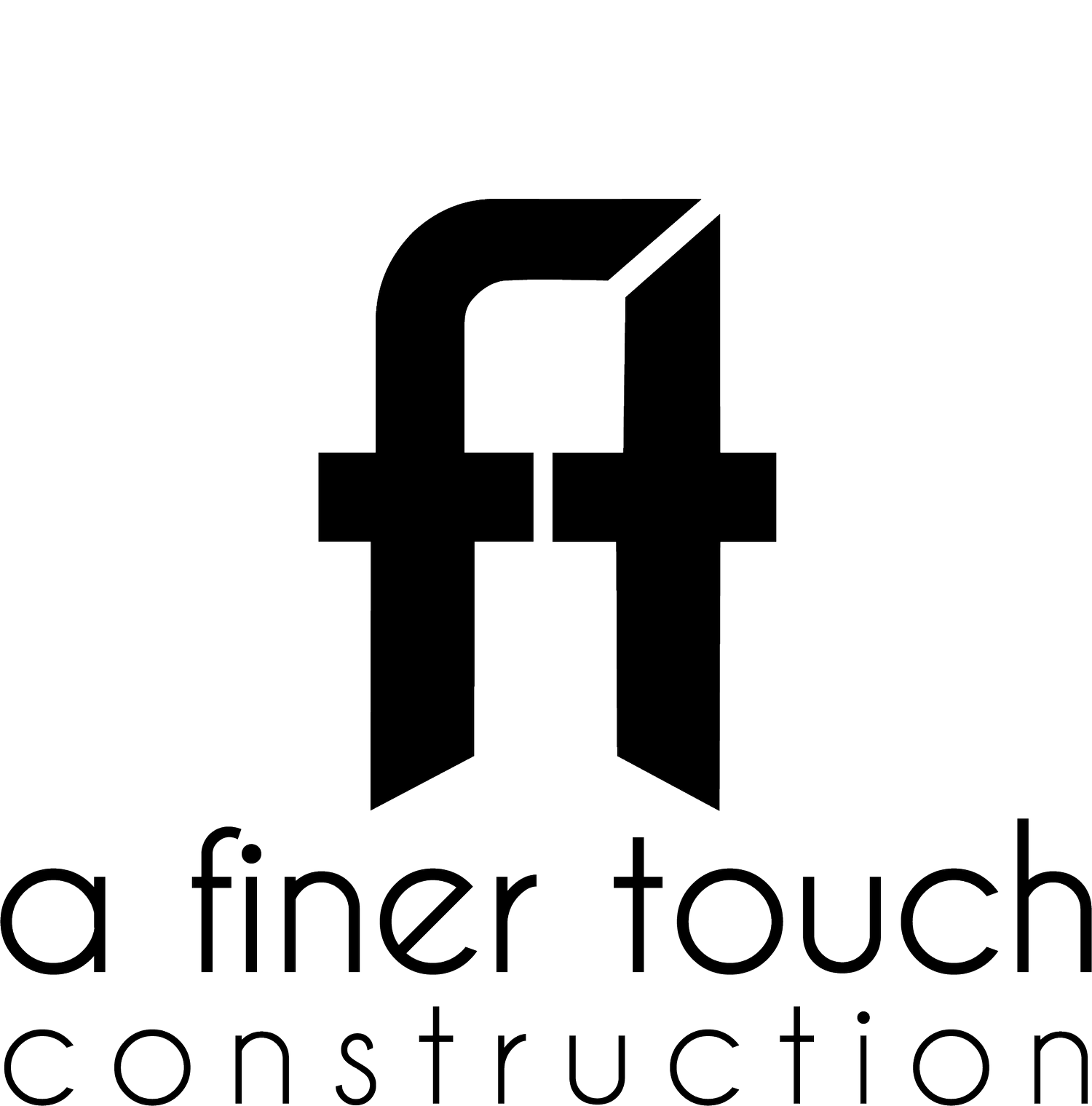Home Electrical Outlet Trends
When most people think of home trends, especially in terms of technology, electrical outlets rarely come to mind. After all, an electrical outlet is just something to plug in a lamp, countertop appliance, or your mobile device chargers. If you have not paid attention to some of the latest home electrical trends you may be surprised to see what useful features are available.
Whether it is mobile phones, tablets, or wireless headphones, the number of electronics devices that use USB cables for charging is growing. Unfortunately, each one of these devices comes with its own charging base that you first plug the USB cable into and then plug the base into the outlet. How many of these charging bases do you ultimately need to keep track of? Wouldn’t it be nice to ditch that charging base and plug the USB cable directly into the wall outlet? One of the more recent home electrical trends lets you do just that. If you take a trip to Home Depot, Lowes, or your local hardware store, you will find a growing number of electrical outlets that either incorporate USB charging ports or replaces the traditional plugs completely in favor of USB charging ports. These built-in charging ports will allow you to forgo the charging base and plug your USB charging cable directly into the wall outlet. Not only is this more convenient, it can also free up outlet connections.
POP OUT OUTLETS
Many interior design trends focus on modern, sleek looks. In response, some outlet manufacturers are producing “pop out” outlets. When you need the outlet, you simply press down on the outlet and it will “pop up.” When you do not need the outlet, you simply push back in, hiding the plugs and creating a sleeker appearance. One example of these types of pop out outlets is the Adorne series made by LeGrand.
In addition to wall-mounted pop out outlets, there are manufacturers producing pop out outlets that install in countertops, such as in your kitchen. With this installation, the outlets are installed beneath the countertop and when you want to use them you simply press down to “pop up” and expose the outlets. This is a great solution to have outlets handy on kitchen islands or other areas where you often use kitchen electrics without being restricted to the outlets along the kitchen walls. Some styles of these outlets allow you to match the top with the same countertop material – there while in use, but blends into the countertop when not.
HIDDEN OUTLETS
Going one step further than pop out outlets, people are planning the design of their homes with the idea of completely hiding outlets from plain view. When it comes to hiding outlets, no special outlets are required, just creative ways to conceal them when not in use. Some examples of ways to hide outlets include:
Installing underneath or as close to the upper cabinets in your kitchen rather than on the wall or backsplash.
For outlets on a kitchen island, place the outlets behind a piece of decorative trim or faux drawer front that pulls down to expose the outlet.
Place the outlets inside a drawer. One example is a drawer in your kitchen or office with outlets inside that you can use to charge your tablets, laptops, etc. This is a great way to both conceal the outlet and your electronics when not in use. Bathroom drawers are also a great place for outlets inside drawers that can be used to plug in hair dryers, charge electric shavers, etc.
While not completely hidden, another example of blending outlets into the space to minimize their appearance is The Robert at Chateau on Central. Instead of placing the outlets at their normal location on the wall, the designer chose to install the outlets on the baseboard at floor level. The white outlets installed on the white baseboard allowed the outlets to seamlessly blend in. There are many creative ways to minimize the appearance of outlets throughout your home.
If you are planning a renovation of constructing a new home, take some time to see what new products are on the market and talk with your contractor or interior designer to come up with creative ways to “hide” your outlets.


